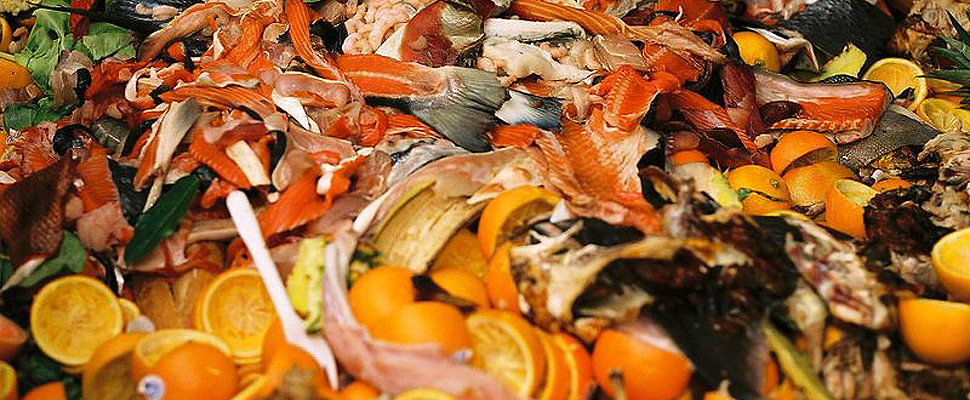Truth like this doesn’t taste good: Americans waste up to 40 percent of our food. Yep, you read it right. We literally throw it in the trash. Reports say that for the average family of four, that’s $2,275 of food annually. What’s worse? Studies estimate that in a world where 1 billion people go hungry, we waste 2 billion tons of food a year. Help reduce your personal food waste with these tips:
Love a list. Save money by only buying food you know you’ll use. Otherwise those items you don’t use – no matter what price they were – will end up being the most expensive per-bite items you bought. Also, take stock of what you’re chucking, and let it inform your purchasing habits. If you consistently throw away a couple bananas or apples every week, buy a few less when you go to the grocery store.
Clean your plate. Put on your plate only what you can eat. We know it’s tempting in campus dining halls to pile on the food, but remember folks…it’s a buffet. You can go back for more. So if you’re ending your meals with food still on your plate, dial back your portions.

Eat your leftovers. Many times we eat more than we need, so why not pare down your portion and save leftovers for tomorrow’s lunch? When you throw out even just half a hamburger, it goes to your local landfill where it rots and produces a powerful greenhouse gas called methane. Not good. Plus, it’s estimated that the amount of water it took to produce that half a hamburger is equivalent to you taking an hour-long shower.
Share a little when eating out. Know you’re not that hungry or that the portion size will be more than what you can (or want to take home as leftovers)? Split something with a friend to reduce waste and save money.
Get creative with past-peak produce. Slightly soft strawberries may not be great to crunch into, but they could still make a good addition to a smoothie. Wilted spinach? Toss it in a soup recipe. Beware, of course, of significant decomposition or mold. Once it reaches that point, it’s probably ready for a compost bin.
Stale busters. If you find yourself tossing crackers, cookies or other items that have gone stale, get yourself some air tight containers that will keep these items fresh longer.
Donate. Not going to use that can of corn or tomato soup? Donate it to someone who will, such as the Feed the Pack food pantry.
Chop and wash. One reason we don’t eat enough fruits and vegetables is because processed foods are easier and faster. So, when you get home from the grocery store, go ahead and wash your produce so you can much of grapes and other items straight from the refrigerator. Planning to cook with veggies? Go ahead and chop them up so they’re ready to go when you need them.
Organize your fridge. Label items with the date you bought it. And as you buy new items, move existing items to the front so you’ll use them first, thus eliminating spoilage. This helpful guide shows you how long you can expect most produce to last. And remember, a freezer can be your best friend when it comes to making food last.
Compost. According to the EPA, 97 percent of all the food we throw away ends up in landfills, and the USDA estimates that it accounts for 20% of the total weight of items going to landfills. Consider composting your food scraps, such as eggs shells, coffee grinds and other items. Here’s a great guide to composting and whether it’s right for you.
Go forth and waste less.
Images: Flickr, National Park Service
